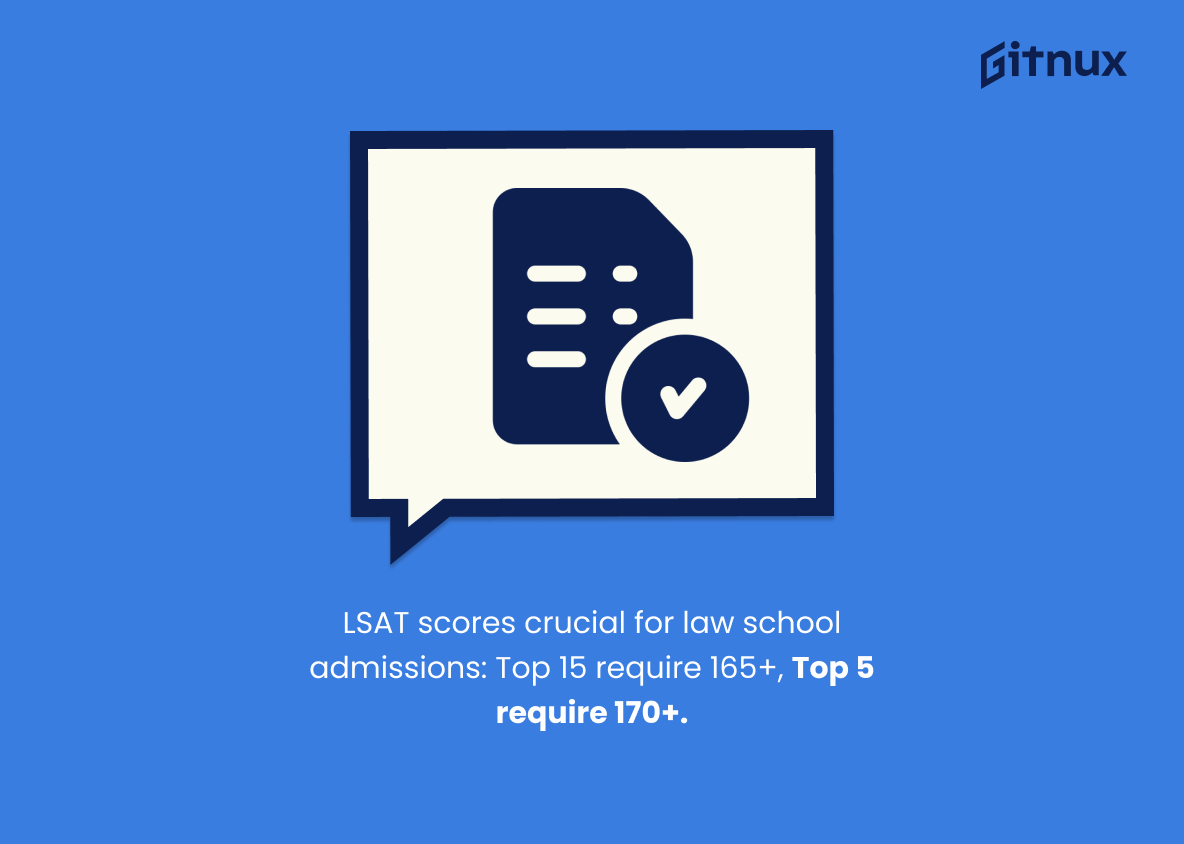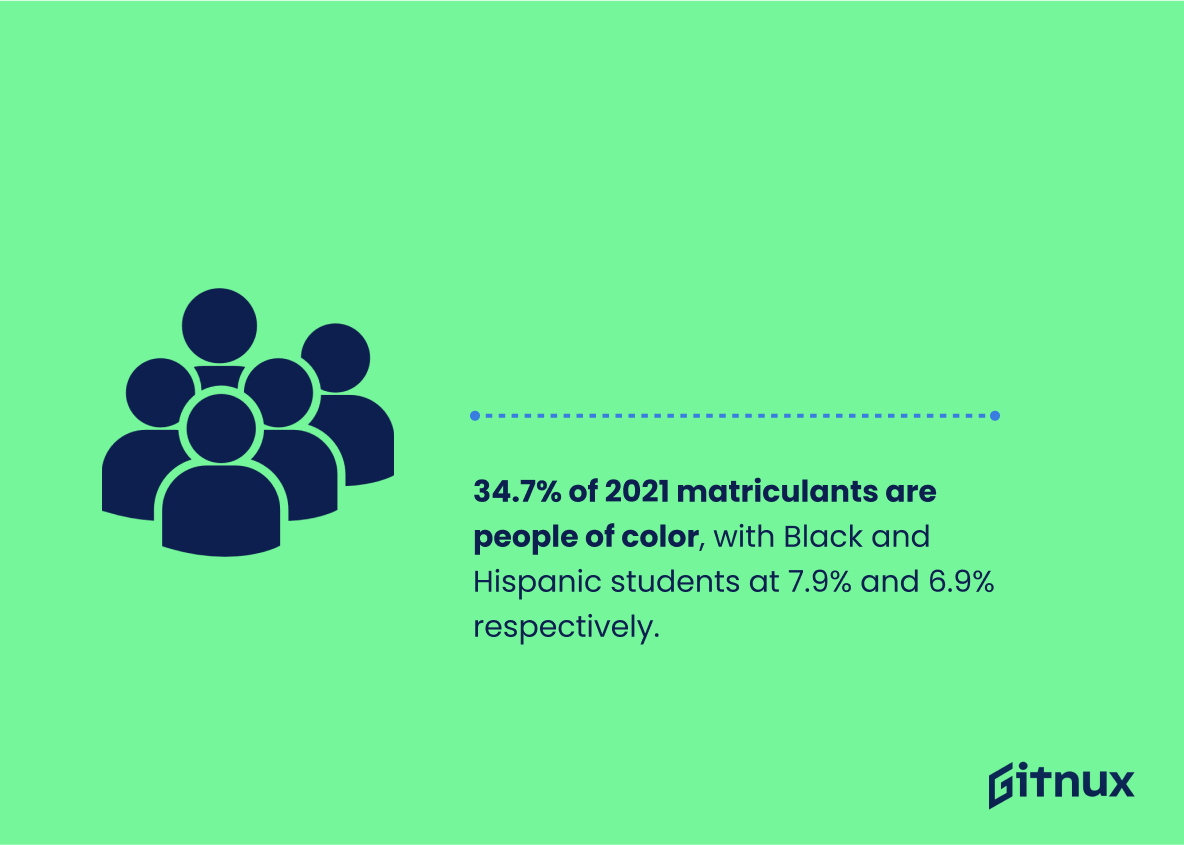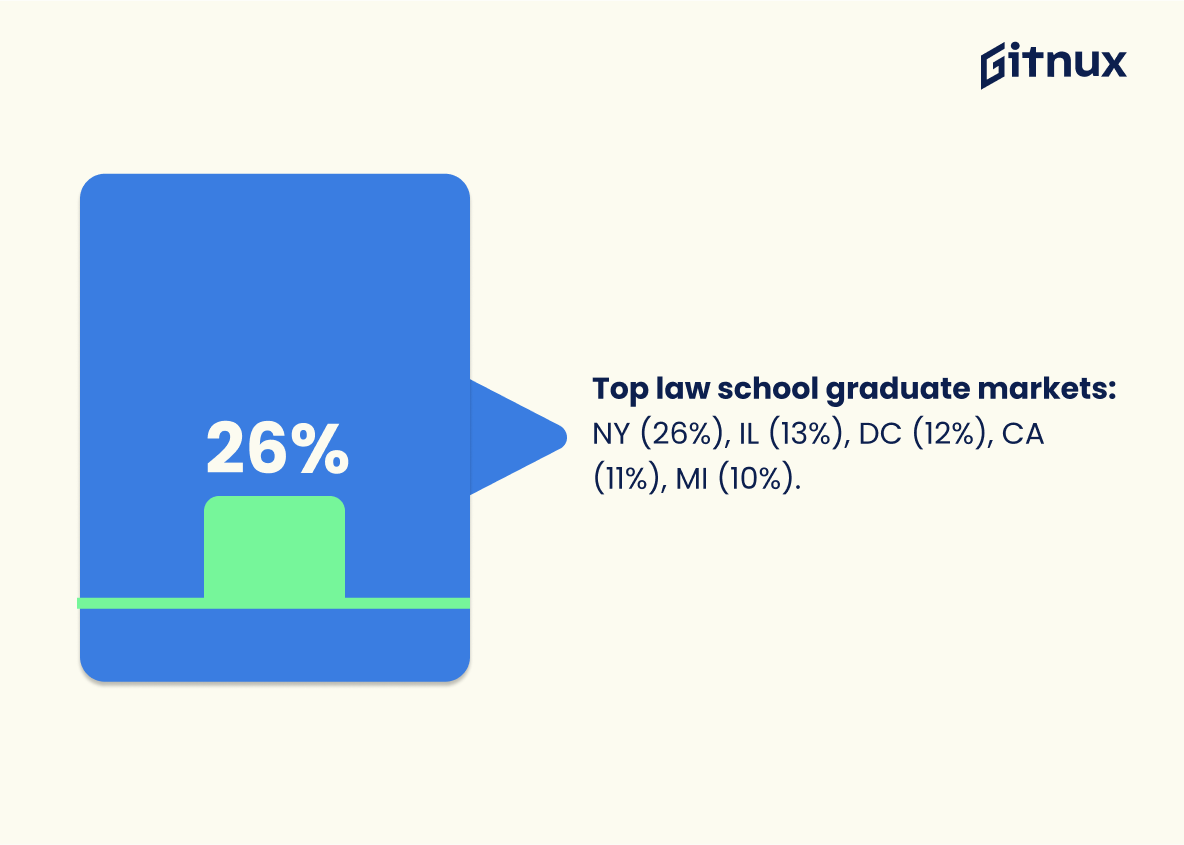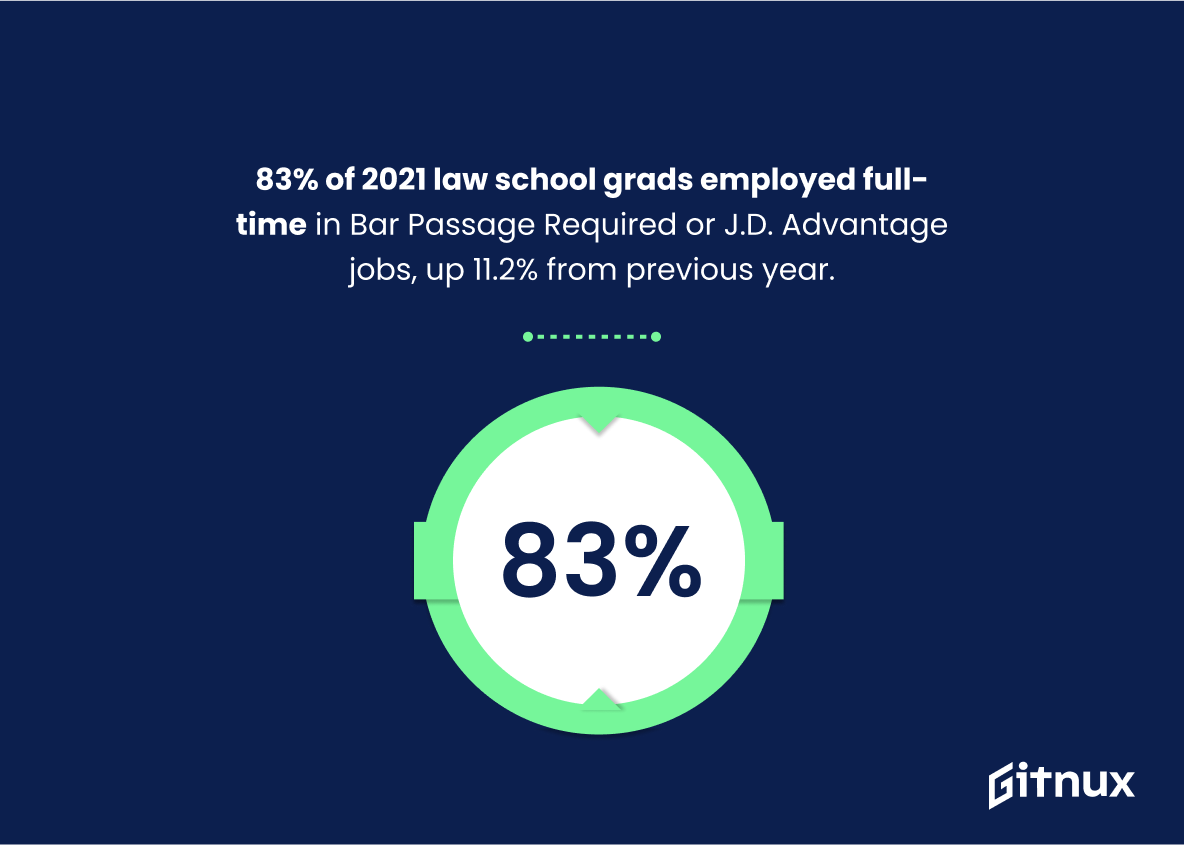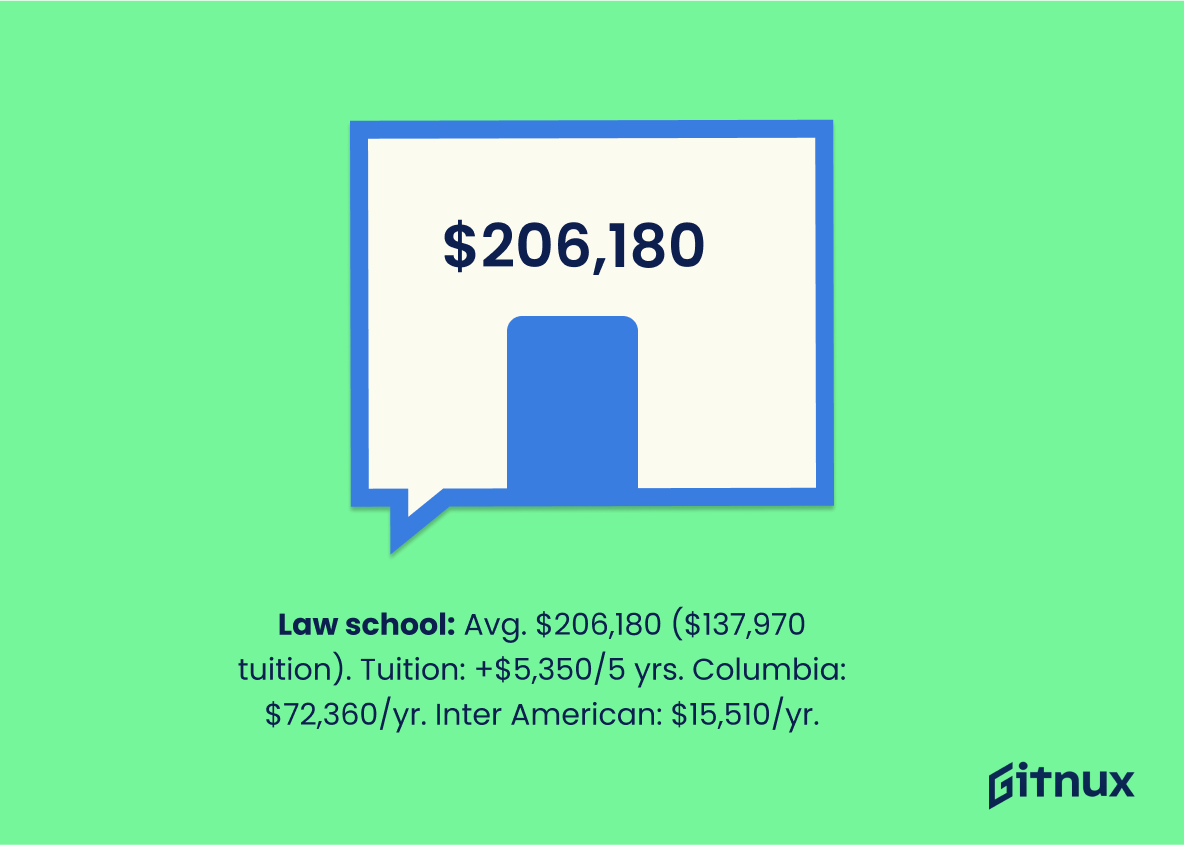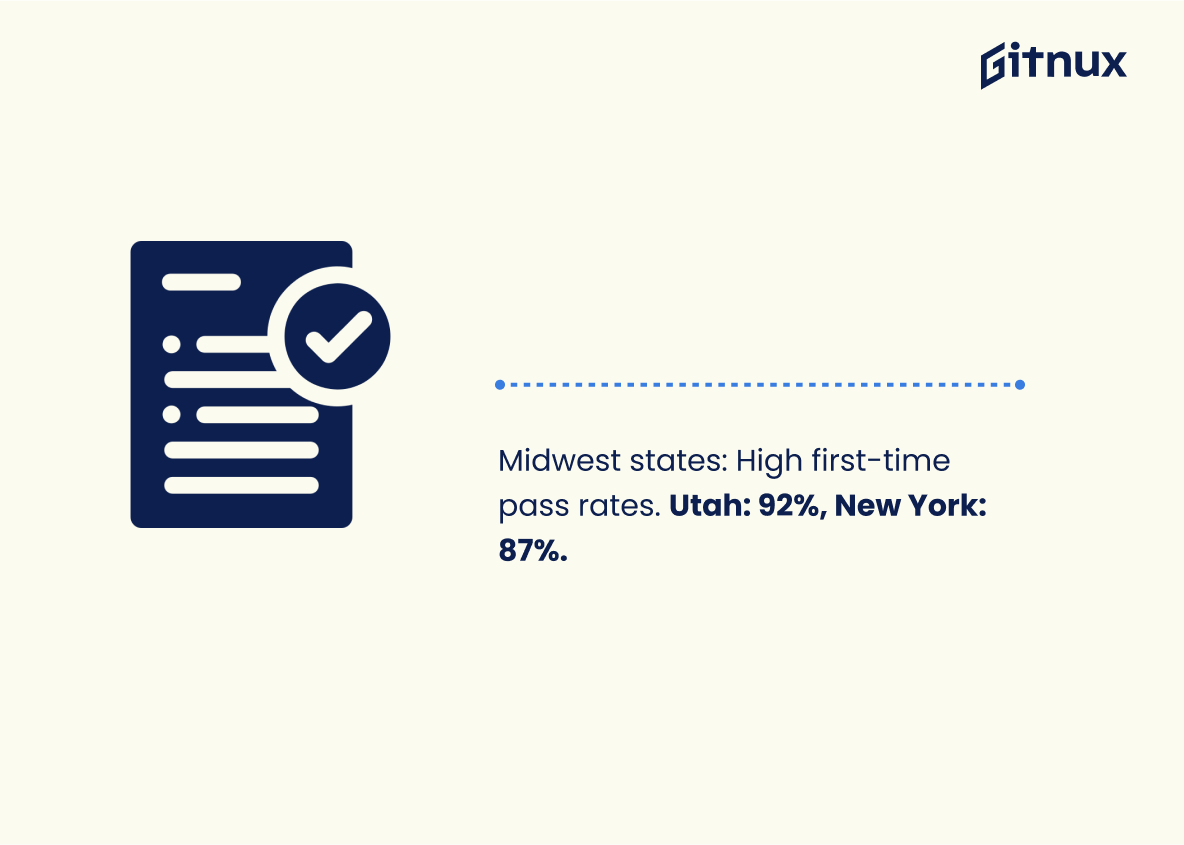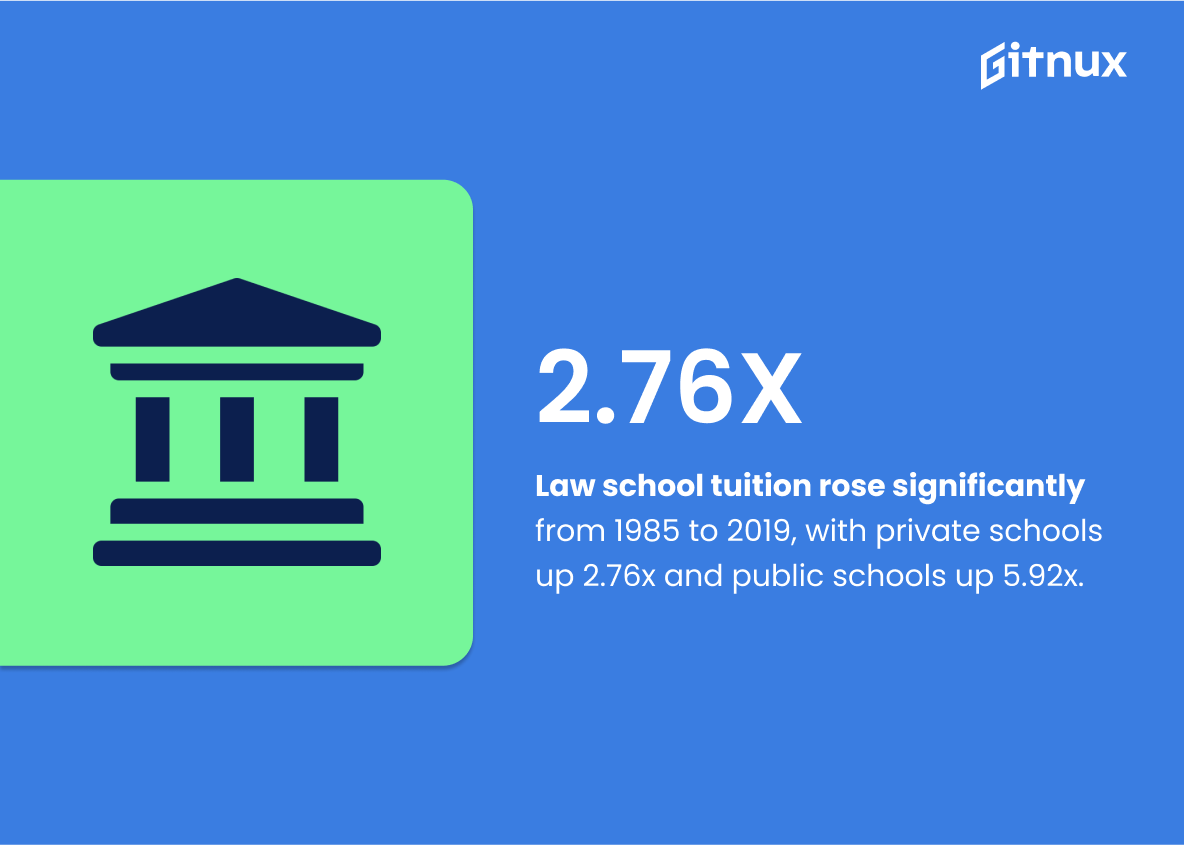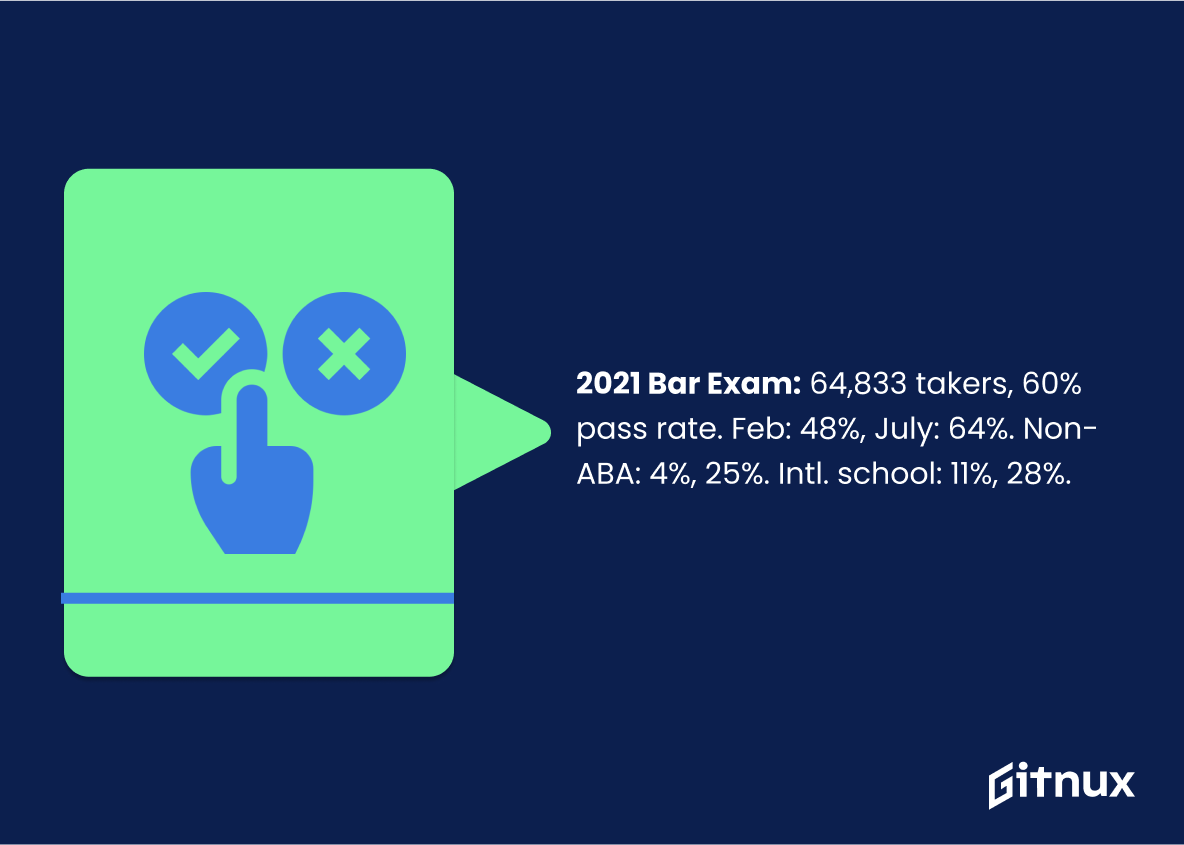Are you considering applying to law school? If so, you’re probably wondering what your chances of acceptance are. Knowing the law school statistics can help you make an informed decision about your future.
This blog post will provide an overview of the most important law school statistics, including acceptance rates, average LSAT scores, and employment outcomes. We’ll also discuss the importance of researching individual law schools to get a better understanding of their admissions process. By the end of this post, you’ll have a better idea of what to expect when applying to law school.
Law School: The Most Important Statistics
The average total cost of law school is $206,180, with tuition alone costing $137,970, or $45,990 per year.
In 2021, 64,833 people took the bar exam, with an overall pass rate of 60%. The pass rate for February 2021 was 48%, and the pass rate for July 2021 was 64%.
Law School Statistics Overview
The median acceptance rate for top 15 law schools in the US is 11.1%, with Yale Law School having the lowest acceptance rate of 6.9%.
This shows the level of competition for admission to the top law schools in the US.
LSAT scores are a major factor in determining admission to law schools, with the top 15 requiring a score of at least 165 and the top 5 requiring a score of 170 or higher.
Diversity in Law Schools
Furthermore, the percentage of racial and ethnic minorities enrolled in first-year law school has increased from 28% to 37% over the past decade. This shows that law schools are becoming more diverse and inclusive, which is important for creating an equitable and just society.
34.7% of 2021 matriculants are people of color, with Black or African American and Hispanic or Latinx students making up 7.9% and 6.9% respectively.
This is a slight increase from 2020 and 2019, indicating an increase in diversity in Law School. This matters because it is important to have a diverse range of perspectives in Law School, as this can help to create a more equitable and just legal system.
Most Popular Places for Law School Graduates
New York was the most popular market for law school graduates, with 26% of graduates securing employment in the state, followed by Illinois (13%), Washington, D.C. (12%), California (11%), and Michigan (10%).
On these numbers, we can see which states have the most job opportunities for law school graduates and which sectors are most commonly hiring them. This information can be used to inform prospective law students on where they should focus their job search and what type of positions they should be targeting.
83% of 2021 law school graduates from ABA-approved schools were employed in full-time, long-term Bar Passage Required or J.D. Advantage jobs 10 months after graduation, an increase of 11.2% from the previous year.
It shows that law school graduates are still able to find employment in their field, despite the economic downturn caused by the pandemic.
Law School Costs
Law school tuition has increased significantly more than the rate of inflation between 1985 and 2019, with private law school tuition increasing 2.76 times and public law school tuition increasing 5.92 times.
It shows that law school tuition has been rising faster than the rate of inflation, making it increasingly difficult for students to afford law school.
The average total cost of law school is $206,180, with tuition alone costing $137,970, or $45,990 per year. Tuition costs have risen by $5,350 every 5 years, with Columbia University being the most expensive at $72,360 a year and Inter American University being the least expensive at $15,510 a year.
These numbers provide an understanding of the financial commitment that is required to attend law school. Knowing the average cost of tuition and living expenses helps prospective law students plan and budget for their education.
Pass Rates in Law Schools
The Midwest has several states with consistently high first-time taker pass rates of around 80% over the past decade, with Utah having the highest pass rate at 92% and New York at 87%.
Therefore, Utah and New York are the best states to take the bar exam in if one is looking for a high pass rate.
In 2021, 64,833 people took the bar exam, with an overall pass rate of 60%. The pass rate for February 2021 was 48%, and the pass rate for July 2021 was 64%. 4% of examinees were graduates of non-ABA-approved law schools, with a pass rate of 25%, and 11% of examinees were graduates of law schools outside the USA, with a pass rate of 28%.
This provides an insight into the success rate of graduates from non-ABA-approved law schools and law schools outside the USA, which can be used to inform decisions about which law school to attend.
Conclusion
In conclusion, law school statistics can be a great way to gain insight into the legal profession and the law school experience. They can help you make an informed decision about whether or not to pursue a law degree.
While the numbers can be daunting, they can also be encouraging. Knowing the success rates of law school graduates can help you set realistic expectations and make the most of your law school experience.
References
1 – https://bemoacademicconsulting.com/blog/law-school-acceptance-rates#:~:text=The%20median%20acceptance%20rate%20for,%25%2C%20are%20even%20more%20selective.
2 – https://testmaxprep.com/blog/lsat/law-school-acceptance-rates?v=3#/
3 – https://www.reuters.com/legal/government/law-student-diversity-hits-new-high-schools-await-affirmative-action-ruling-2022-12-21/#:~:text=Women%20also%20continue%20to%20enroll,2021%20to%207.8%25%20this%20year.
4 – https://www.lsac.org/blog/incoming-class-2021-most-diverse-law-school-class-history
5 – https://www.law.umich.edu/careers/classstats/Pages/employmentstats.aspx
6 – https://www.americanbar.org/news/abanews/aba-news-archives/2022/04/aba-legal-education-section-releases-employment-data/
7 – https://www.lawschooltransparency.com/trends/costs/tuition
8 – https://educationdata.org/average-cost-of-law-school#:~:text=The%20average%20total%20cost%20of,%2468%2C210%2C%20or%20%2422%2C740%20per%20year.
9 – https://legal.uworld.com/bar-exam/statistics/
10 – https://thebarexaminer.ncbex.org/article/spring-2022/2021-statistics/#:~:text=Jurisdictions%20reported%2064%2C833%20persons%20taking,overall%20pass%20rate%20of%2060%25.

